#chinaculture
Text
Hugs to Gai
Passage to Eternity
#PARIS2024📷📷 #dilematvi #poweroflovegr #Olympic2024 #MusicMagic #FridayNigthFunkin #MusicIsLife #RockyRabbit #Newwiee #NEWS交換 #SpotifyTop5 #PlaylistOfTheDay #DreamGL #ChinaCulture #SoulWinner #tbc夏まつり2024 #asianx #music #China #chinaculture #hanfu #taichi #ballerina #classicalmusic #Spotify #orchestra #dancers #fashion
#PARIS2024📷📷#dilematvi#poweroflovegr#Olympic2024#MusicMagic#FridayNigthFunkin#MusicIsLife#RockyRabbit#Newwiee#NEWS交換#SpotifyTop5#PlaylistOfTheDay#DreamGL#ChinaCulture#SoulWinner#tbc夏まつり2024#asianx#music#China#chinaculture#hanfu#taichi#ballerina#classicalmusic#Spotify#orchestra#dancers#fashion
4 notes
·
View notes
Text
Chinese Negotiation Style: What to Expect
I am in China for a short time, but I’ve already participated in several business negotiations with Chinese companies. I’ve noticed some distinct patterns in how the Chinese approach these meetings, and I thought I’d share my observations.
In China, the formal meeting you have in a conference room is just the beginning. The real negotiations often happen later, either in the director’s office over a traditional tea ceremony or during a friendly dinner. Every office I’ve visited has had a tea board, or «cha-ban.» Sometimes it’s in the meeting room, sometimes in the director’s office, and occasionally in both.
Unlike in the West, where negotiations are like a chess match with every move carefully planned, Chinese negotiations are about building understanding and trust. The Chinese prioritize creating a good relationship over «winning» the negotiation.
Negotiations here tend to be lengthy. The higher the stakes, the more sessions you’ll have. This can be confusing for newcomers who expect to get straight to business but find themselves chatting about seemingly trivial things, like different ice cream flavors (by the way, green pea ice cream is a thing here).
Chinese culture places great importance on gestures and etiquette. Offering tea or inviting someone to dinner is a sign of respect. You’ll also likely be offered a cigarette, often with a story about how special they are – maybe they just arrived from Japan, or they were delivered by a caravan from secret Chinese tobacco plantations.
Here are some key points to keep in mind when negotiating with Chinese suppliers:
— Smoking is allowed.
— Negotiations are lengthy.
— They often include tea drinking.
— Many take place over dinner in restaurants.
— The longer the negotiations, the more sessions there will be.
— They start and end with courtesies and gifts.
— Hierarchy matters: seniority in status and age is important.
— Pay attention to non-verbal cues like gestures and facial expressions.
— Discussions often include personal topics to build trust.
— Decisions are made collectively, so multiple parties may need to be consulted.
— Show respect and patience; avoid direct confrontation and criticism.
— The focus is on building long-term relationships, not quick deals.
— Pauses are common and used for internal discussions among Chinese partners.
— Time delays are often used to get better terms.
— Contracts and legal details get significant attention after verbal agreements.
0 notes
Video
youtube
60 Seconds of China: Unbelievable Historical Facts #ChinaHistory #Histor...
0 notes
Text
youtube
China is a vast and diverse country with a rich history, diverse landscapes, and a vibrant culture. From ancient historical sites to modern cities, there's a wide range of experiences to explore. Here's a guide to help you plan a visit to China:
1. Beijing:
The Great Wall of China: Explore this iconic symbol of China's ancient civilization.
Forbidden City (Palace Museum): Discover the imperial history of China in this massive palace complex.
Tiananmen Square: Visit the world's largest public square with historical and political significance.
Summer Palace: A beautiful imperial garden with a vast lake and historical buildings.
2. Xi'an:
Terracotta Army: Marvel at the thousands of life-sized clay soldiers, horses, and chariots.
Xi'an City Wall: Walk or bike along this ancient city wall that encircles the old city.
3. Shanghai:
The Bund: Stroll along this historic waterfront area with a mix of architectural styles.
Yu Garden: Explore a classical Chinese garden in the heart of Shanghai.
Oriental Pearl Tower: Enjoy panoramic views of the city from this iconic tower.
4. Guilin and Yangshuo:
Li River Cruise: Take a boat trip through the stunning karst landscapes.
Elephant Trunk Hill: Visit the iconic hill resembling an elephant drinking from the river.
5. Chengdu:
Chengdu Research Base of Giant Panda Breeding: See adorable pandas in a natural environment.
Jinli Ancient Street: Explore this historic street with traditional architecture.
6. Zhangjiajie:
Zhangjiajie National Forest Park: Known for its towering sandstone pillars and the inspiration for the floating mountains in "Avatar."
7. Hangzhou:
West Lake: Enjoy the scenic beauty of this UNESCO World Heritage site.
Tea Plantations: Visit Longjing (Dragon Well) tea plantations for a traditional tea experience.
8. Lhasa, Tibet:
Potala Palace: A UNESCO World Heritage Site, once the winter palace of the Dalai Lama.
Jokhang Temple: A sacred Buddhist site in the heart of Lhasa.
9. Harbin:
Harbin Ice Festival: Experience the stunning ice sculptures and winter festivities.
10. Dunhuang:
Mogao Caves: Explore the ancient Buddhist cave art and sculptures.
11. Hiking in Huangshan (Yellow Mountains):
Witness breathtaking scenery, ancient pine trees, and granite peaks.
12. Traditional Chinese Opera:
Attend a performance of traditional Chinese opera for a cultural experience.
13. Local Cuisine:
Try regional specialties like Peking duck, dim sum, hotpot, and various noodle dishes.
14. Language:
Mandarin is the official language. Learning a few basic phrases can enhance your experience.
15. Transportation:
China has a well-developed transportation system. Consider using high-speed trains for efficient travel between cities.
Remember to check for any travel advisories, entry requirements, and local regulations before planning your trip to China. Given the country's vastness, diverse cultural heritage, and natural wonders, tailor your itinerary based on your interests and the specific regions you plan to explore. Enjoy your journey through China!
#china#VisitChina#ChinaTravel#ExploreChina#Chinadventures#ChinaCulture#ChinaBeauty#ChinaLandscapes#ChinaHistory#ChinaHighlights#ChinaWanderlust#ChinaCityscape#ChinaTourism#ChinaPhotography#ChinaLove#ChinaDreams#ChinaSights#ChinaVibes#ChinaMemories#ChinaUnforgettable#ChinaEpic#chinacountry#Youtube
0 notes
Text
Visit China - the Mysterious Country
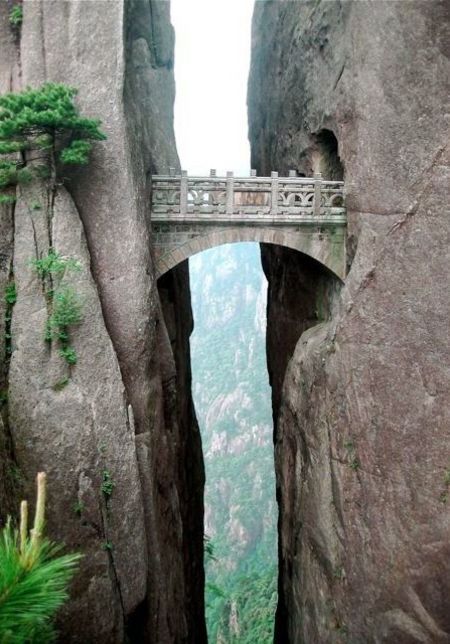
Unlock the secrets of China's ancient culture and explore its enchanting landscapes. Plan your visit to the mysterious country today.
0 notes
Text
Visit China - the Mysterious Country
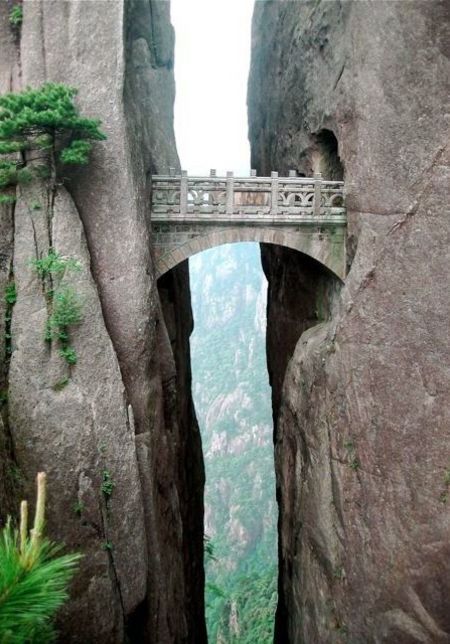
Unlock the secrets of China's ancient culture and explore its enchanting landscapes. Plan your visit to the mysterious country today.
0 notes
Text
What is the Difference Between Kettle and Teapot? Unveil Secrets!
A kettle boils water, while a teapot is for brewing and serving tea. Both serve different purposes in tea preparation.
Tea enthusiasts often find themselves choosing between a kettle and a teapot. Understanding their distinct roles is crucial. A kettle, typically made of metal, heats water quickly. It is essential for boiling water efficiently. On the other hand, a teapot, usually crafted from ceramic or porcelain, is designed to steep tea leaves and serve the brewed tea.
This vessel maintains the tea’s flavor and aroma. Both items are vital in the tea-making process but serve different functions. Knowing when to use each can enhance your tea experience.
Understanding the difference between a kettle and a teapot can be confusing. Both are used to make tea, but they serve different purposes. Knowing how each is used can enhance your tea-making experience.

Historical Significance
Both the kettle and the teapot have deep historical roots. The kettle dates back to ancient China. It was used to boil water for various purposes. The teapot also has origins in China. It was designed specifically for brewing tea.
Cultural Importance
Kettles and teapots hold significant cultural value. In Japan, the tea ceremony is a respected tradition. A beautiful teapot is often used. In Britain, the kettle is a staple in every home. It is essential for making a perfect cup of tea.FeatureKettleTeapotPrimary UseBoiling WaterBrewing TeaMaterialMetalCeramic or PorcelainHistorical OriginAncient ChinaAncient ChinaCultural SignificanceCommon in British HomesKey in Japanese Tea Ceremonies
Kettles boil water quickly.
Teapots are designed to steep tea leaves.
Both have unique cultural and historical backgrounds.
Boil water in a kettle.
Pour hot water into a teapot.
Let the tea steep for a few minutes.
0 notes
Photo
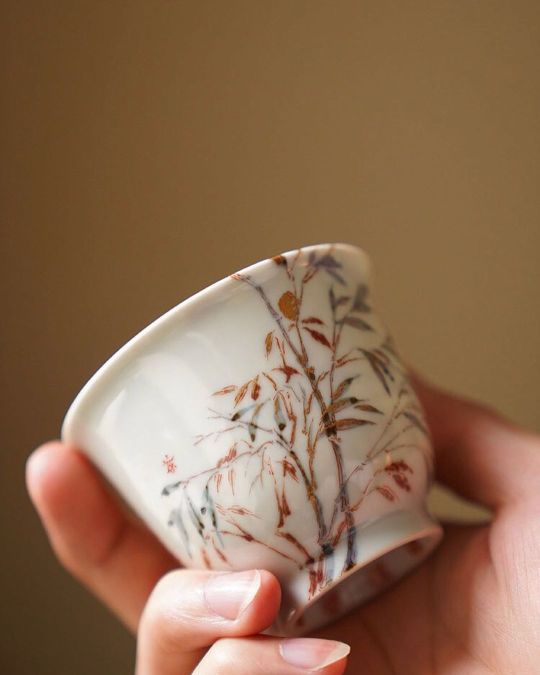
Aesthetic feature includes color, style, implicit style and rhyme scheme. Aesthetic pursuit includes delicacy, majesty and natural beauty. . . . #bamboo #handpainted #teacups #cuppatea #teapot #Aesthetic #majesty #nature #beauty #joyfully #happytime #newday #color #implicitstyle #rhymescheme #delicacy #enjoyit #chinesestyle #chinaculture #poem #poetry #inheritance #spirit #wonderfully #style #slowlife #ancient #morimatea https://www.instagram.com/p/CdEv4wFvkKR/?igshid=NGJjMDIxMWI=
#bamboo#handpainted#teacups#cuppatea#teapot#aesthetic#majesty#nature#beauty#joyfully#happytime#newday#color#implicitstyle#rhymescheme#delicacy#enjoyit#chinesestyle#chinaculture#poem#poetry#inheritance#spirit#wonderfully#style#slowlife#ancient#morimatea
5 notes
·
View notes
Text
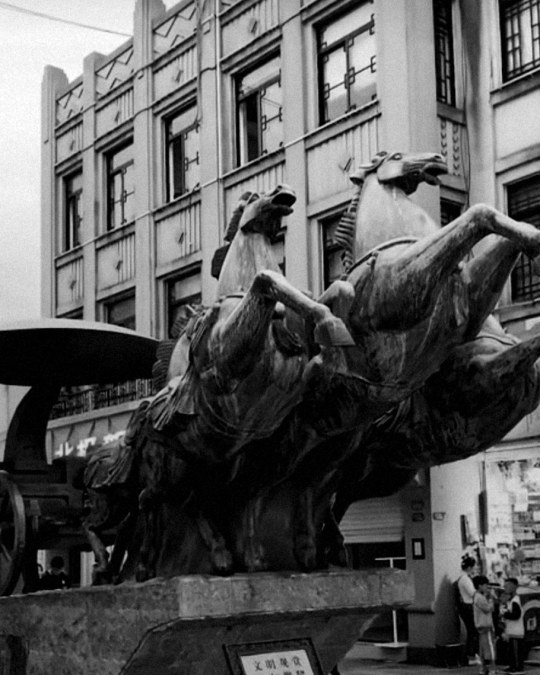
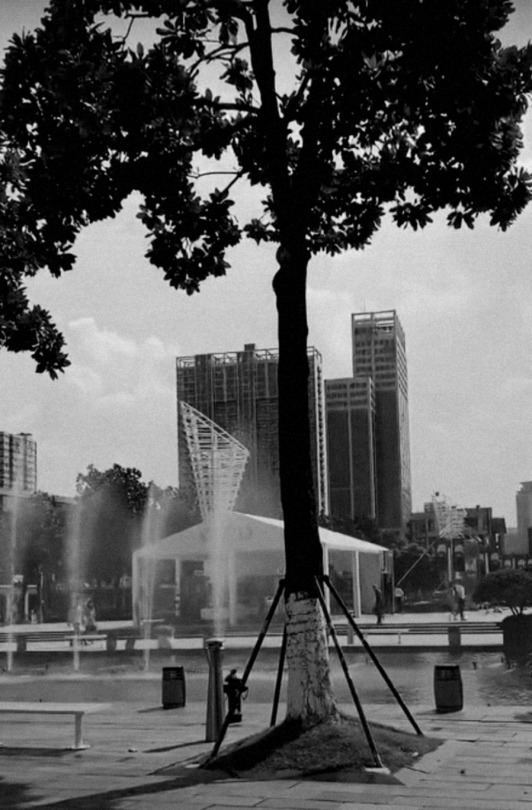
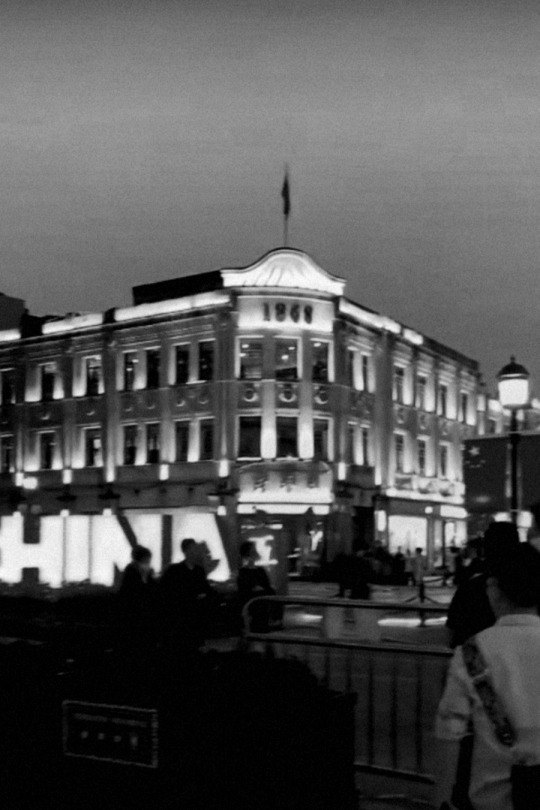
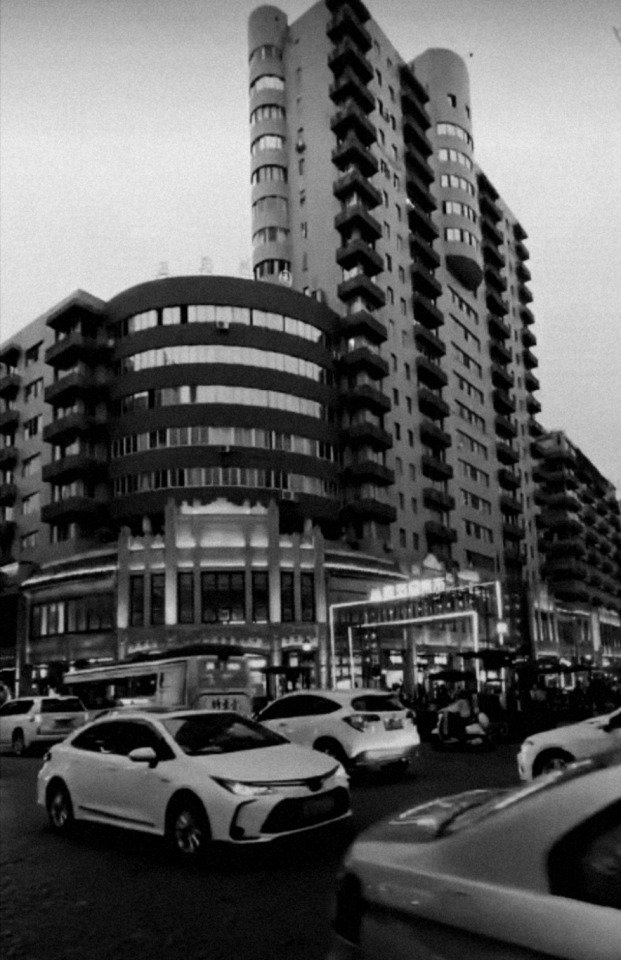
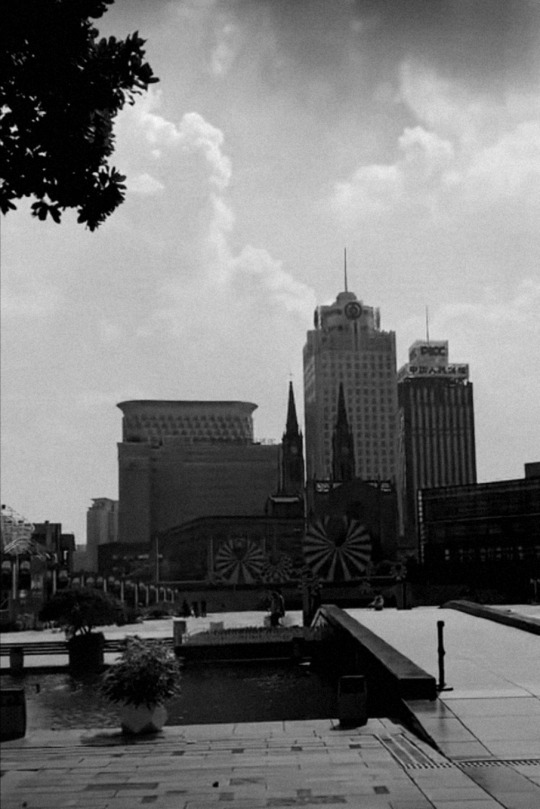

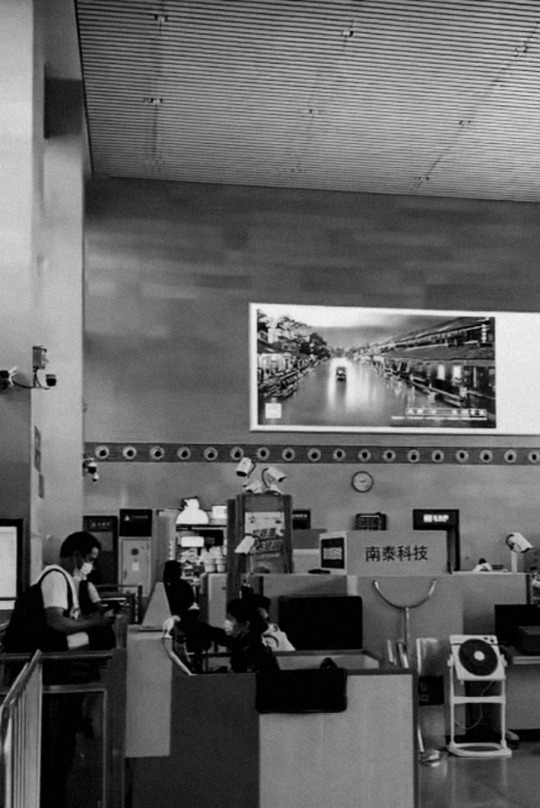
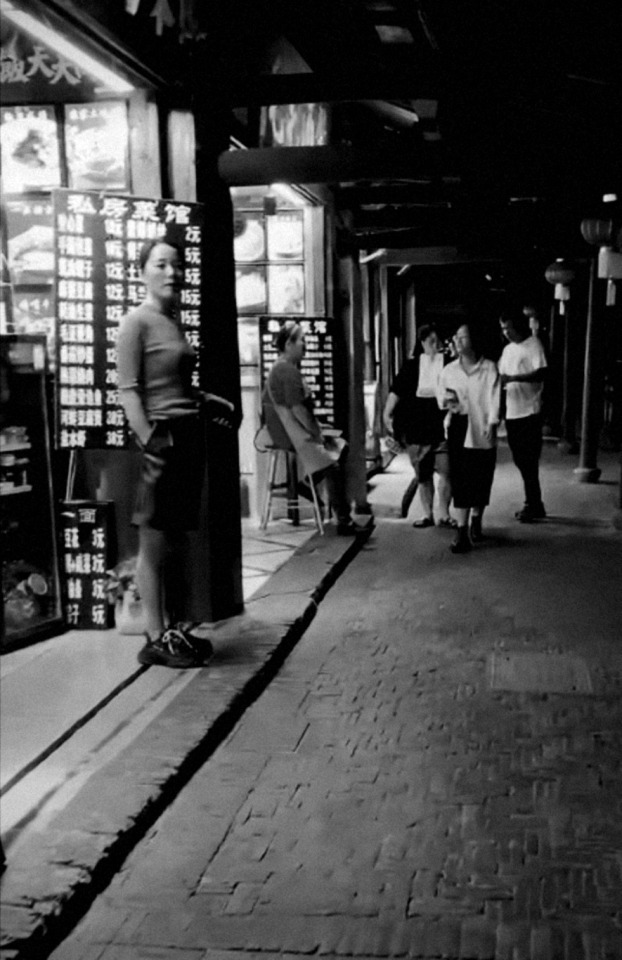

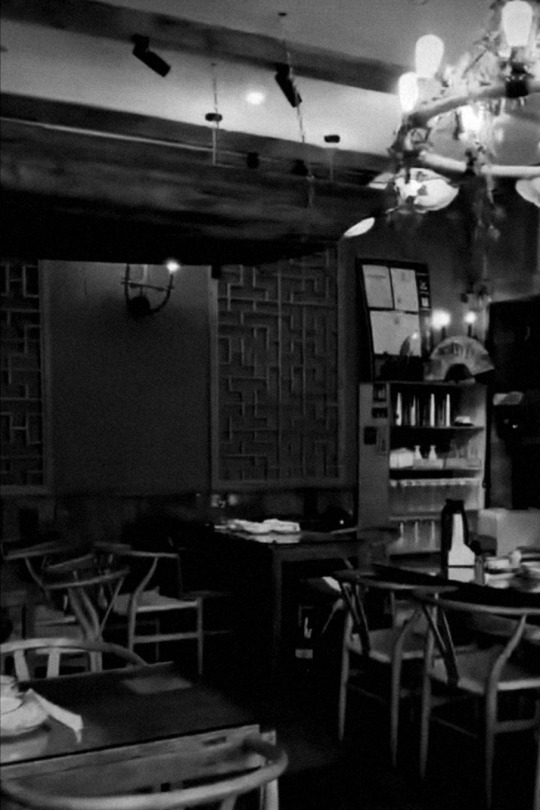
#b&w#black and white#chinaculture#35mm#Shanghai#film photography#ishootfilm#original photographers#pechino
5 notes
·
View notes
Text
Taizxhou--Guoqing Temple
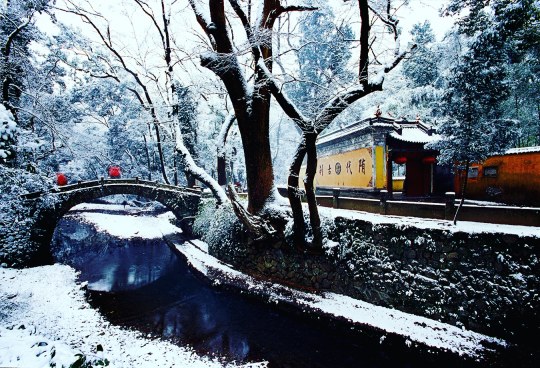
1 note
·
View note
Photo
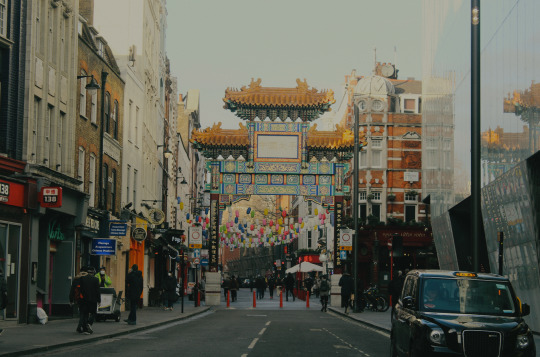
China Town, London 2020
Antonia Bartok
IG: @antoniabartok
#art#artist#artontumblr#analog#analogfilm#analoglover#analoglife#analoglondon#chinatown#chinaculture#culture#photo#photography#photographer#photooftheday#artist on tumblr#travel#traveling#traveller#travel photography#london#londonart#londoner#artinlondon#streetart#oldschoo#oldsou#vintagelover#vintage#vintagesoul
2 notes
·
View notes
Text
New Release
Niethalee Pi
#GOLD #LaCasaDeLosFamososMx #dilematvi #φωτια #SpotifyTop5 #newmusic2024 #PlaylistOfTheDay #MusicMagic #TBSラジオ #ChinaCulture #NEWS交換 #WeekendLovers #ClassroomOfTheElite #تل_أبيب #Spotify_ME_I #Spotify_ABCZ #fypシviral #tbtt
#GOLD#LaCasaDeLosFamososMx#dilematvi#φωτια#SpotifyTop5#newmusic2024#PlaylistOfTheDay#MusicMagic#TBSラジオ#ChinaCulture#NEWS交換#WeekendLovers#ClassroomOfTheElite#تل_أبيب#Spotify_ME_I#Spotify_ABCZ#fypシviral#tbtt
0 notes
Text
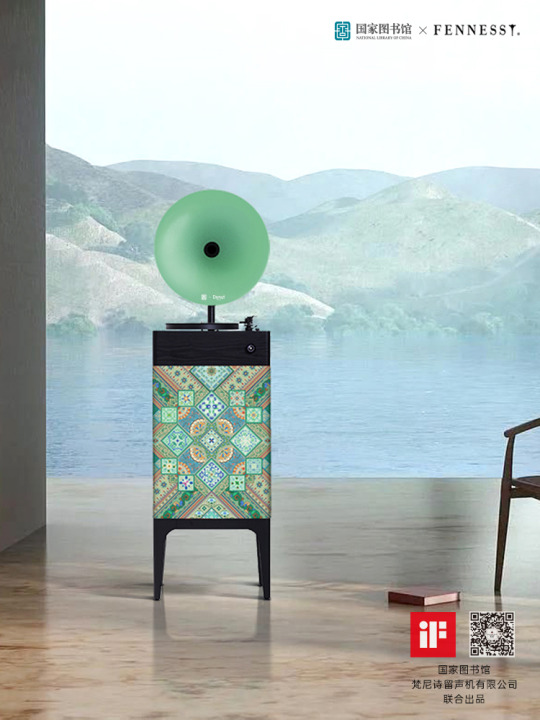

#National Library of China & Fennessy Donut series-Miracle#chinaculture#hieroglyphics#culturalheritage#artistic#turntable#vinylplayer#recordplayer#턴테이블추천#턴테이블#ビニールレコードプレーヤー#ターンテーブル#レコードプレイヤーー#cobranding
1 note
·
View note
Text
#netflix#superhumans#magneto#stan lee#discovery#science#history#media#sohu#china#superbrain#entertenment#tv#marveluniverse#marvelcomics#superhuman#xmen#spiderman#science fiction#chinaculture#china television#the conscience of the king#brain games#brain research#brain science#psychokinesis#telekinesis#television series#discoverychannel#historychanneldocumentary
1 note
·
View note
Photo

Guizhou is located in southwest China – nestled between Yunnan, Sichuan and Guangxi – an under-commercialized region that acts as a retreat into rural landscapes for those who have already visited China’s most-famed sites and are now ready to understand its other, more authentic side. . . #guizhou #guizhouchina #travel2china #explorechina #seechina #travelchina #realchina #chinaculture #expatlife #traveladdict #chinagram #experiencelocal #discoverchina #chinainsider #chinatrip #chinadestinations #visitchina #chinagram #discoverchina #instachina #chinalife #localculture #getoutside #lookcloser #girlslovetravel #womenwhowander #ladiesgoneglobal #chinaexpat #naturechina #thisischina #localculture #solotravellingwoman(在 Guizhou, China) https://www.instagram.com/p/CcINjBFtQ9u/?igshid=NGJjMDIxMWI=
#guizhou#guizhouchina#travel2china#explorechina#seechina#travelchina#realchina#chinaculture#expatlife#traveladdict#chinagram#experiencelocal#discoverchina#chinainsider#chinatrip#chinadestinations#visitchina#instachina#chinalife#localculture#getoutside#lookcloser#girlslovetravel#womenwhowander#ladiesgoneglobal#chinaexpat#naturechina#thisischina#solotravellingwoman
1 note
·
View note
Photo
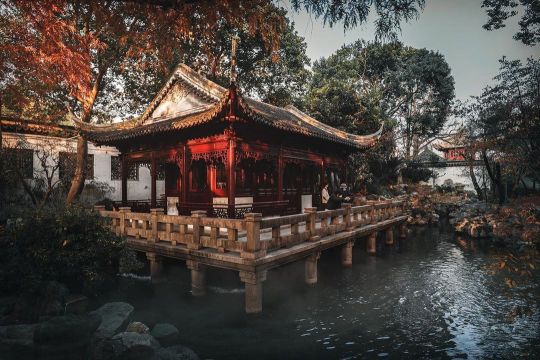
Shanghai Yu Garden #yugarden #architecture #architect #architecturephotography #architecturelovers #chinesearchitecture #china #chinatravel #chinatrips #chinadestinations #chinaculturematters #chinaculture #ancientchina #shanghai #cmshanghai #expatshanghai #amigosdechina #travelphotography #travel2china88 #traveladdict #traveltheworld #darkmobs #chinatravel #chinaphotography #shanghaitravel #places_wow #ancientarchitecture #travelpics #traveldiaries #traveladdict #chinesestyle #moodytoning (在 Yu Garden) https://www.instagram.com/photo_bruce/p/CXlMJntFhdn/?utm_medium=tumblr
#yugarden#architecture#architect#architecturephotography#architecturelovers#chinesearchitecture#china#chinatravel#chinatrips#chinadestinations#chinaculturematters#chinaculture#ancientchina#shanghai#cmshanghai#expatshanghai#amigosdechina#travelphotography#travel2china88#traveladdict#traveltheworld#darkmobs#chinaphotography#shanghaitravel#places_wow#ancientarchitecture#travelpics#traveldiaries#chinesestyle#moodytoning
1 note
·
View note